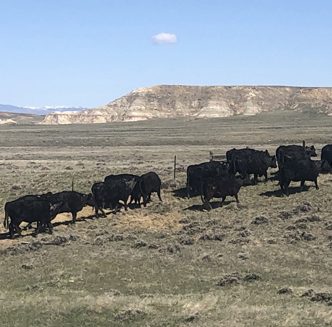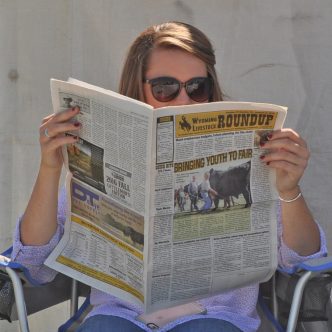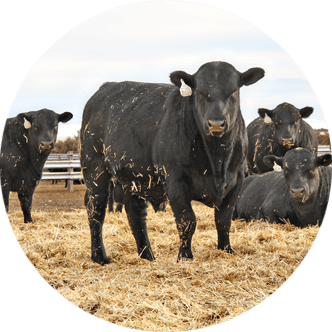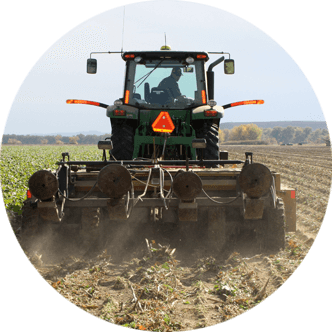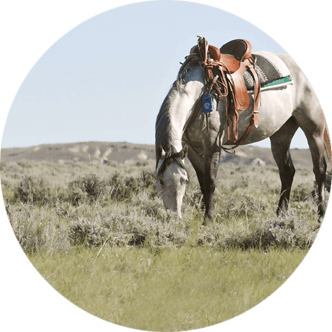Legislation introduced
On Dec. 12, 2024 U.S. Sen. Mike Rounds (R-SD) introduced the Fence Line Fairness Act, which aims to establish a formal mediation process for land boundary disputes between landowners and the U.S. Forest Service (USFS).
According to Rounds, the Fence Line Fairness Act would create a committee composed of appointed producers who would be responsible for mediating disputes and providing recommendations to both the agency and involved producers.
Rounds explains, “The committee will include producers from the state, with two members appointed by the U.S. Secretary of Agriculture and three members appointed by the state’s departments of agriculture or natural resources.”
This legislation is supported by several organizations, including the South Dakota Cattlemen’s Association, South Dakota Stockgrowers Association, National Cattlemen’s Beef Association (NCBA), R-CALF USA, Public Lands Council (PLC) and the U.S. Cattlemen’s Association.
A look inside the new bill
During the Dec. 26, 2024 episode of NCBA’s Beltway Beef podcast, PLC and NCBA Natural Resources Executive Director Kaitlynn Glover shares an update on the new Fence Line Fairness Act.
“This act would create a mediation process when a boundary dispute occurs with the USFS, one we haven’t seen before, as the USFS has a number of tools to resolve defense line boundary disputes,” Glover explains. “However, USFS doesn’t have a mediation process and this bill will fill this void.”
“Boundary disputes between private landowners and the USFS are very common across the West for a variety of reasons,” she adds. “Even if land was surveyed in the 1950s or 1960s, it could be off by as much as a couple hundred yards.”
Old federal survey techniques have resulted in some variations between the legal boundaries based on modern technology and historic boundary markers between private land and federal lands.
“Disputes today are happening because technology is at the tip of our fingertips and more awareness is being brought forward on these misplaced boundaries,” she mentions. “And if this is happening between private landowners and the USFS, USFS has the upper hand in a way that does not honor the American spirit of private property rights.”
Currently, if there is a dispute over a boundary line, the first step is to have the property resurveyed, which could take some time because it is a fairly intensive process.
Glover notes, “Typically, if a discrepancy occurs, the infrastructure or the property description is adjusted, and it’s a simple administrative process. However, when disputes escalate, like several we have seen over the past year, the need for this form of bill is needed so private landowners do not bear the burden.”
According to Glover, this bill would provide a means of fairness for private landowners, establish a less confrontational resolution and be more cost effective.
Burden of disputes
“Recently, we have seen boundary line disputes escalate into legal fights in the courtroom,” Glover adds. “We know if the federal government has a void in a process, they default to other tools like we’ve seen in several cases over this last year.”
Glover feels the USFS has gone to the most extreme level of enforcement in some of these boundary disputes, which does not encourage the landowner to resolve things normally.
“In these events, the landowner feels like they are being punished for something they did not initiate nor is it something they should bear the responsibility for,” she states.
Unfortunately, Glover thinks there will be more disputes in the future, and the landowner should not bear the legal, criminal or process burden.
“This burden should land on the agency, and the USFS should take responsibility for working with the landowner to resolve the dispute,” she concludes.
Melissa Anderson is the editor of the Wyoming Livestock Roundup. Send comments on this article to roundup@wylr.net.

